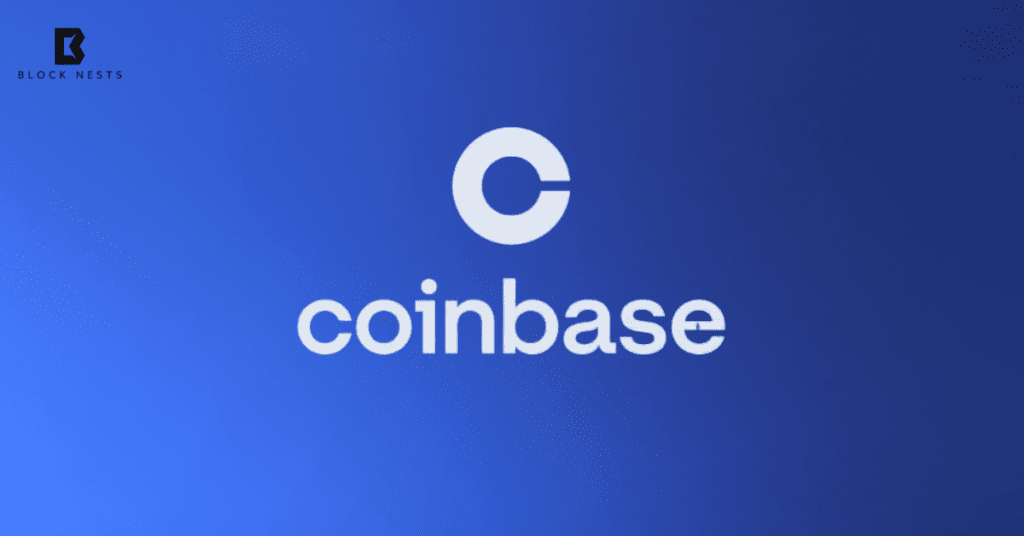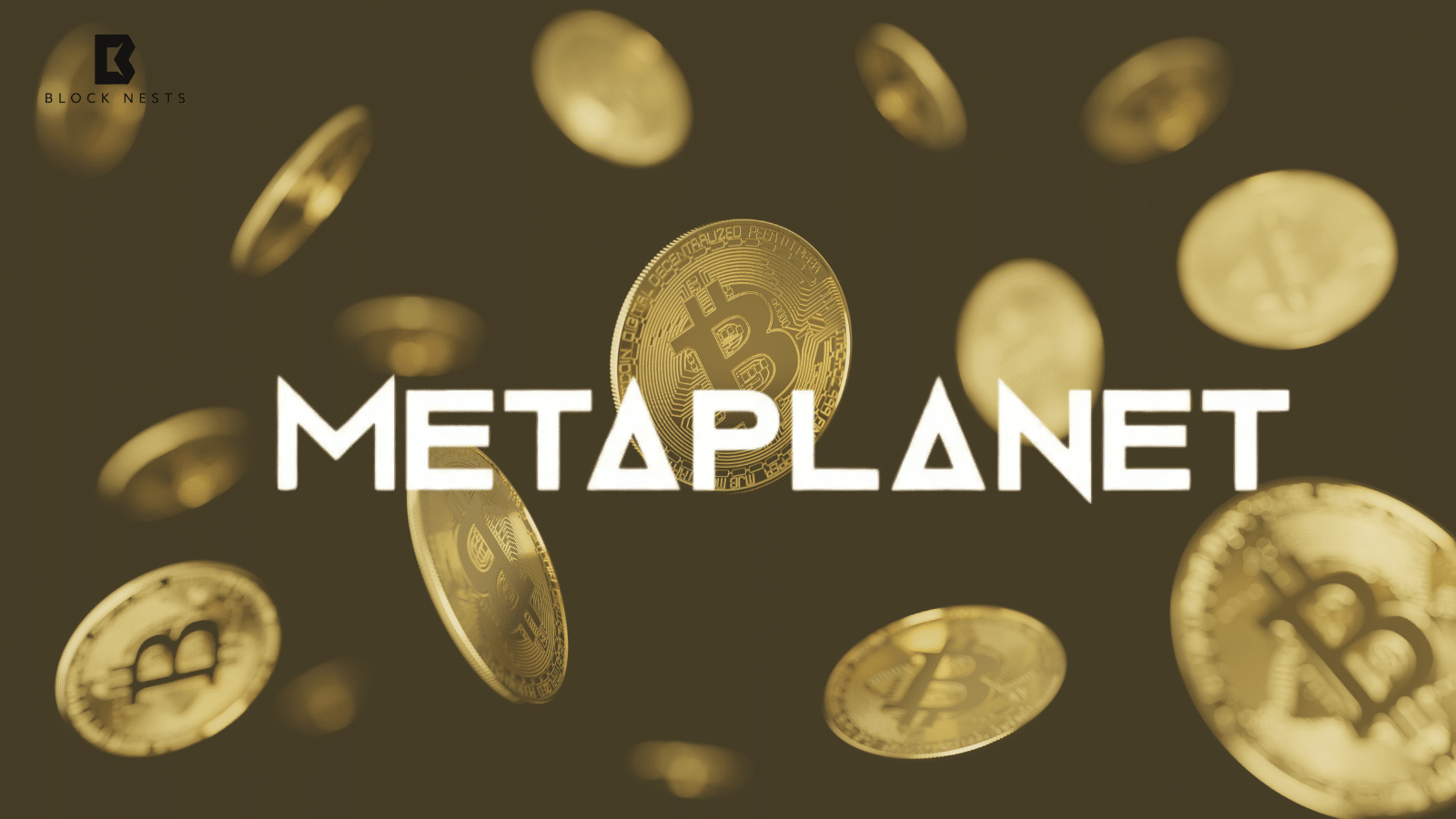- Coinbase’s Base blockchain unintentionally triggered a token surge. Zora auto-minted its post into a tradable ERC-20 token.
- The token’s value collapsed 92% in just three hours, leading to concerns about market manipulation and a potential rug pull.
- Base clarified that the token was part of a public experiment to bring content onchain. They emphasized that it was not an official token.
In a whirlwind moment, Base, Coinbase’s Layer 2 blockchain, unintentionally sparked a speculative frenzy in the crypto community. This happened after posting content that automatically minted into a tradable ERC-20 token via Zora, a decentralized onchain media protocol. The event caused a dramatic surge in trading volume and volatility, showcasing the unpredictable potential of Web3 content coins.
The token, named “Base is for everyone,” originated from an official post by Base’s X (formerly Twitter) account at 3:12 PM ET. Zora’s auto-minting feature instantly turned the post into a cryptocurrency. People can trade it on decentralized exchanges. Despite a clear disclaimer on Zora’s website stating that the token was not official, traders rapidly bought in, propelling the market cap to a staggering $13 million within hours.
But the hype was short-lived. Within just three hours, the token’s valuation plummeted by 92%, crashing down to $1 million. As of the latest data from DEXScreener, the asset has rebounded slightly, trading up 20% in the past hour at around $0.007. Base Responds: “We’re Experimenting in Public.”
As market participants reeled from the crash, Base took to social media to clarify its intent. In a public statement, the team emphasized that their use of Zora was part of a broader experiment. They aimed to bring content onchain and explore new digital publishing tools.
“Base is posting on Zora because we believe everyone should bring their content onchain, and use the tools that make it possible,” the Base account posted. “If we want the future to be onchain, we have to be willing to experiment in public. That’s what we’re doing.”
Base is posting on Zora because we believe everyone should bring their content onchain, and use the tools that make it possible.
— Base (@base) April 16, 2025
Memes. Moments. Culture.
If we want the future to be onchain, we have to be willing to experiment in public. That’s what we’re doing.
To be clear,…
Zora echoed the sentiment in a brief, cryptic tweet: “Study Zora,” a phrase that quickly circulated across crypto Twitter.
Coinbase Token Drop Sparks Manipulation Claims
Not everyone saw the incident as a harmless experiment. Hantao Yuan, co-founder of the Web3 platform Moku, raised serious concerns about token distribution and market manipulation. According to Yuan’s onchain analysis, the top three wallets controlled 47% of the token supply, and one wallet alone held 25.6%. Yuan also claimed that volume bots were actively trading on the chart, possibly inflating activity.
Base main account posted a memecoin
— Hantao (@Hantao) April 16, 2025
I bought some
Sold some after I saw the top holders list
And just watched it go from 13M fdv -> 1M fdv
There were a bunch of volume bots being ran on the chart as well
Lots of red flags pic.twitter.com/cJpy2Oqo2j
He further alleged that more than 2,500 wallets, many belonging to new users exploring the Base network, may have been caught in what resembled a rug pull, as the token’s price collapsed shortly after peaking.
Let me get this straight
— Hantao (@Hantao) April 16, 2025
> base tweets a token on their main account
> Top 3 holders had 47% of the supply (sold a lot)
> Jesse defends it
> Posts 2 more tokens
> "This is culture"
> Rugs 2500 holders (potentially new base users) pic.twitter.com/NM4CY04eUa
Despite the fallout, Base, as the post’s original creator, automatically received 1% of the token supply, equal to 10 million tokens, under Zora’s content minting model. A Base representative confirmed to Decrypt that the company had not sold any tokens. They reiterated that the token was never official, pointing to the disclaimer on the Zora page.
Coinbase Embraces Zora Model for Tokenized Content
The situation has brought widespread attention to Zora’s content coin model, which turns digital posts into unique tokens representing individual pieces of content. These coins differ from traditional meme coins, which typically aggregate hype and community sentiment.
Jesse Pollak, creator of Base, explained the distinction in a series of posts on X, emphasizing that content coins carry no expectations and represent singular, expressive media objects.
my quick takes – caveated with the reality that all my thinking on this is evolving + maturing in real time.
— jesse.base.eth (@jessepollak) April 16, 2025
—
What makes a content coin a content coin?
if it represents a single piece of content and it's created in a context where the expectation is set that the coin is the…
To offer more context, Pollak pointed users to an essay by Jacob Horne, co-founder of Zora. The essay argues that the internet suffers from a contradiction: information wants to be free, but paywalls and subscriptions often limit access. Horne proposes that crypto and content coins can unlock an open, valuable internet, where creators, curators, and consumers are all rewarded for participation without restricting access.
Horne wrote that coins unlock a free and valuable internet. Information is freely accessed and shared on the internet. Its value reaches everyone who helps create, distribute, and consume it.
Related | Peter Schiff Declares Bitcoin Dead as Gold Smashes $3,300 Record
How would you rate your experience?






